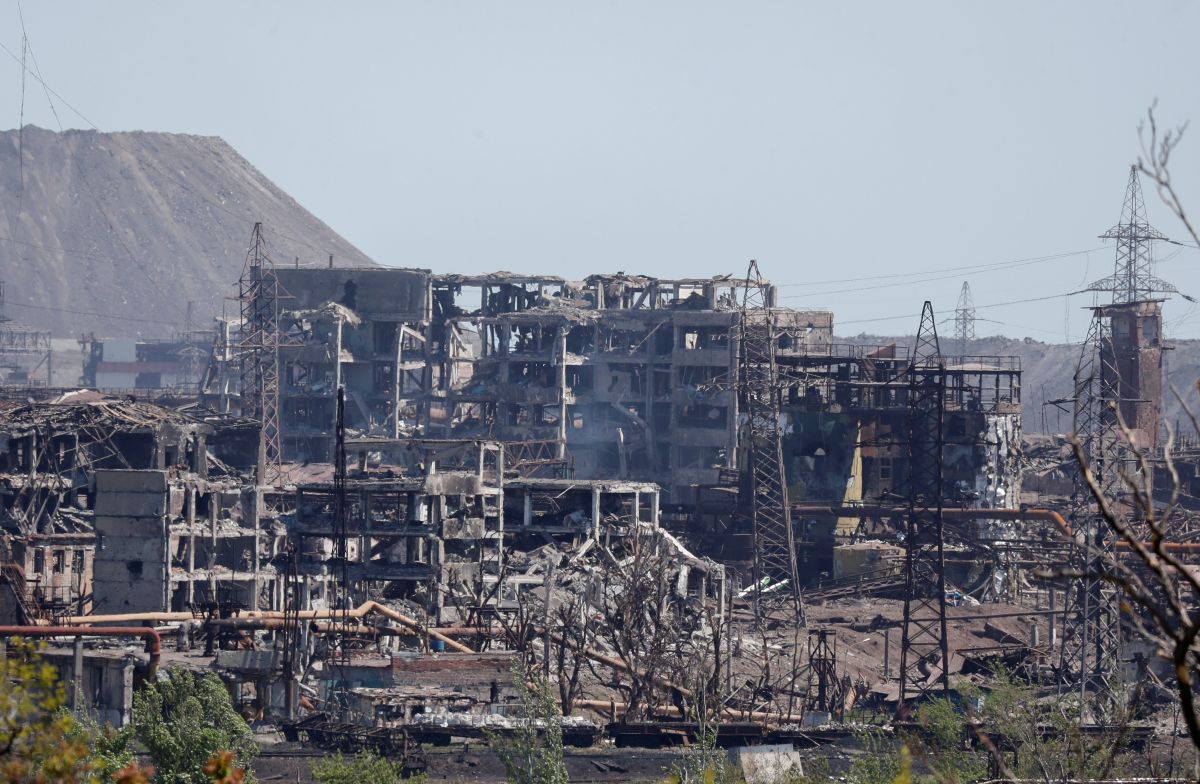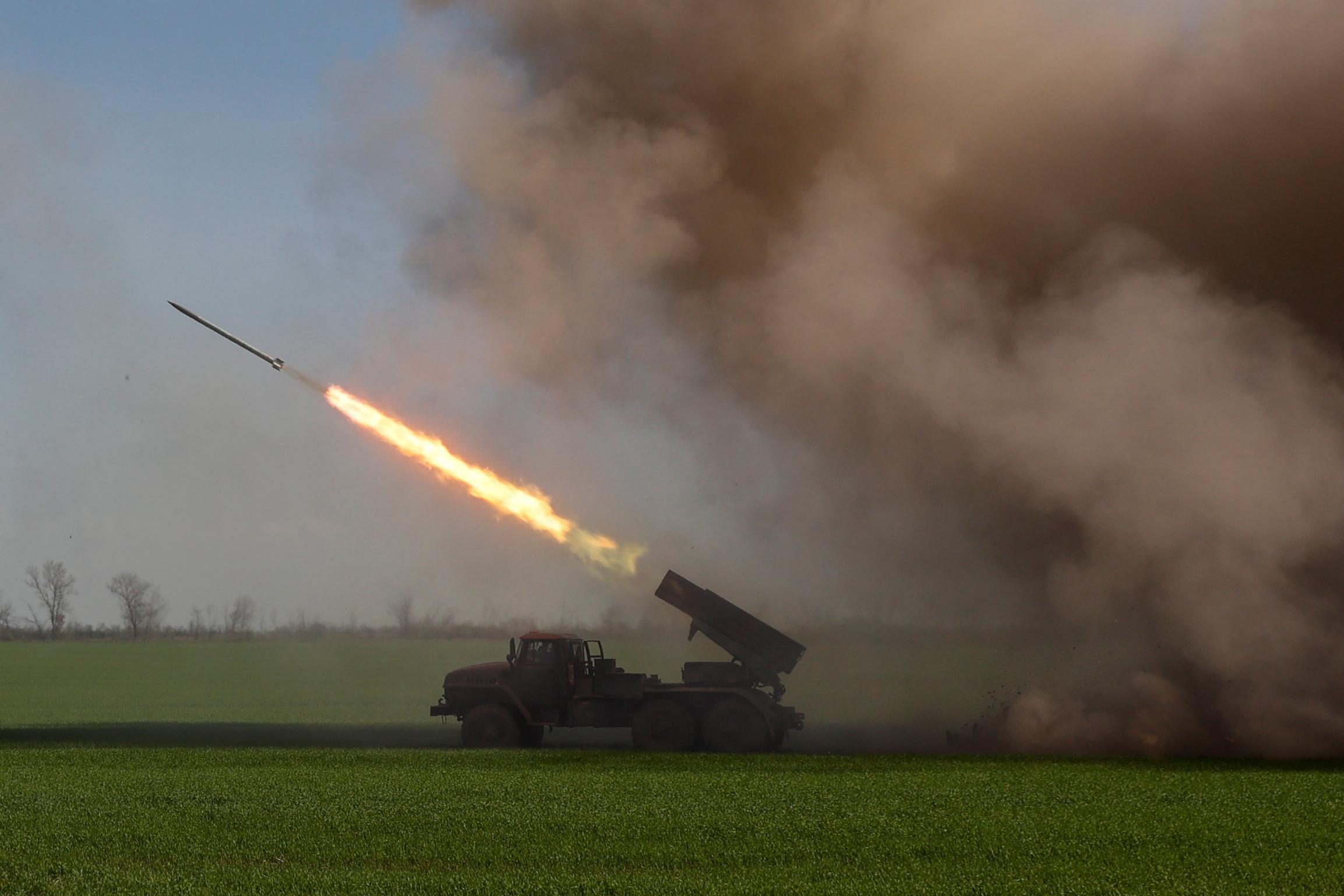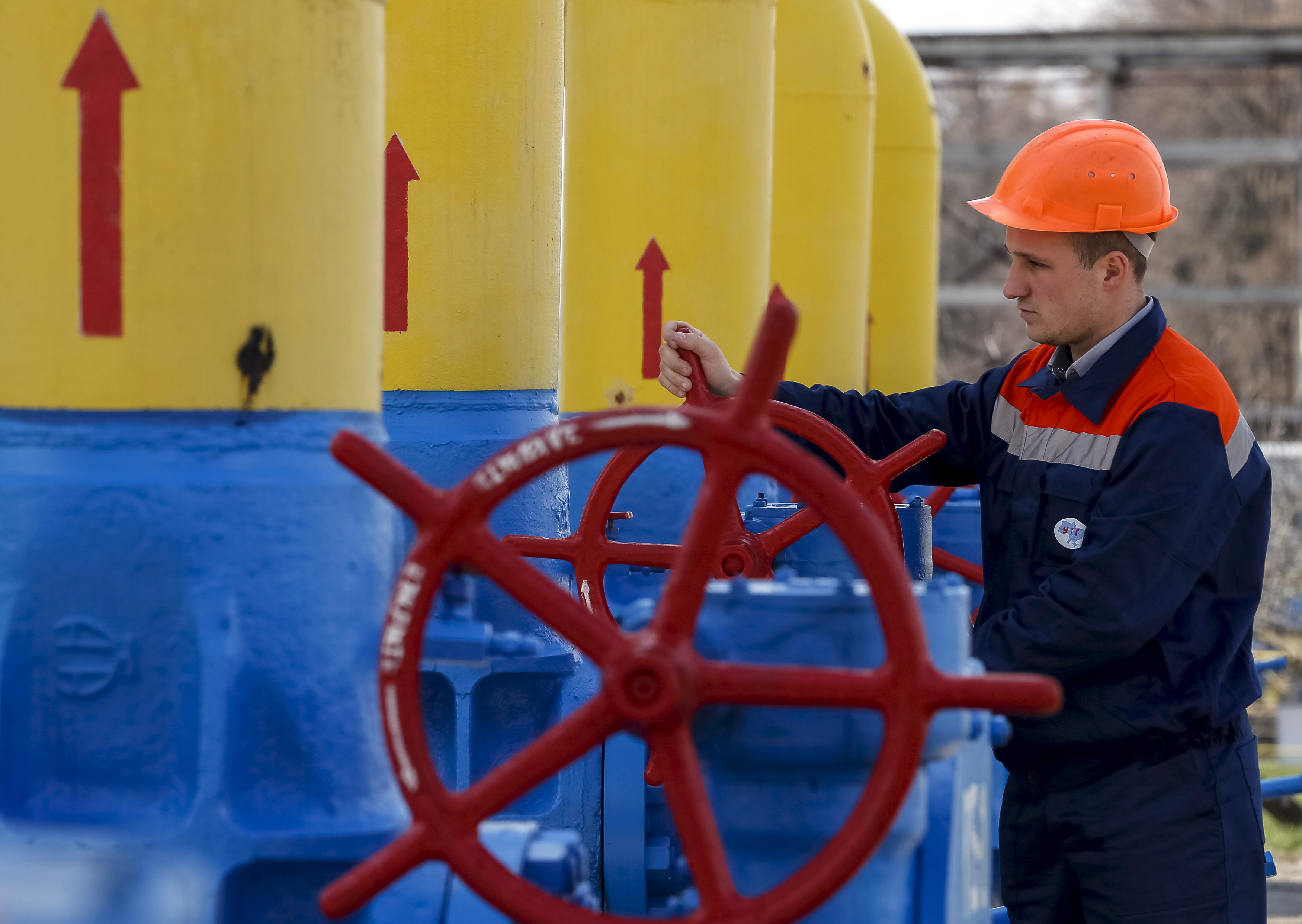The Military Situation in Ukraine after 11 Weeks of Fighting
In recent days, the most severe fighting has taken place in eastern Ukraine, mainly in the vicinity of Kharkiv where the Ukrainian defenders conducted an effective counteroffensive, pushing Russian forces towards the border. The Russians maintain positions in the south of Ukraine and are shelling Odesa from the Black Sea. In the near future, Russia will focus on maintaining the areas it has occupied in the southeast of Ukraine and on further offensives in Donbas, while Ukraine will concentrate on defence and additional counter-offensives where possible.
 ALEXANDER ERMOCHENKO/ Reuters/ FORUM
ALEXANDER ERMOCHENKO/ Reuters/ FORUM
Where are the most intense hostilities taking place?
In the last week, intense fighting took place near Kharkiv where the Ukrainians conducted an effective counter-offensive, pushing the Russians towards the border. Very intense activities are also underway in Donetsk Oblast, especially in the direction of the city of Lyman and in Luhansk Oblast, in and around the cities of Rubizhne and Sievierodonetsk. According to the General Staff of Ukraine, on 12 May alone in Donbas the Ukrainian defenders managed to repel 18 Russian attacks.
In the near term, fighting will continue in the Donetsk and Luhansk oblasts where Russia is inserting additional military equipment and personnel from its reserves. Russia also has transferred artillery systems to two of its oblasts—Bryansk and Kursk—to allow it to strike targets in northern Ukraine, mainly in Chernihiv Oblast.
What is the situation in Mariupol and southern Ukraine?
An appalling humanitarian situation still prevails in Mariupol where it is estimated that more than 20,000 civilians have already died there during the fighting. In this city, only the Azovstal steelworks is under nominal Ukrainian control, defended by about 1,000 soldiers, reportedly most of them wounded, 600 seriously. Ukraine has proposed to Russia the exchange of prisoners of war for the wounded defenders, who would be evacuated from the Azovstal plant, but negotiations on this issue are still ongoing. The removal of Ukrainian soldiers from the Azovstal factory will allow Russia to take control of all of Mariupol and move some of the forces concentrated around the city to combat elsewhere in Donbas.
Russia also conducts regular shelling of Odesa, mainly from ships operating in the Black Sea. Military operations are also underway in the Kherson and Mykolaiv oblasts. Although the occupation has lasted for almost three months in some areas, the Russians still have problems creating a local administration loyal to them, mainly due to the resistance of the civilian population. In Kherson, for example, the Russians cancelled a “referendum” on the creation of another so-called people’s republic; however, on 11 May, the oblast’s occupation authorities applied to join Russia.
What weapons were delivered to Ukraine in the last two weeks?
The largest donor of military aid to Ukraine continues to be the United States. On 10 May, the House of Representatives approved another aid package worth nearly $40 billion, of which $6 billion is to be allocated to armaments and training, and $8.7 billion to supplement weapons, which the U.S. will provide to Ukraine. Among the donated equipment are 155 mm howitzers, tactical drones, Stinger anti-air man-portable missiles and Javelin anti-tank missiles.
Other NATO countries also have donated or will hand over a significant amount of weapons. Ukraine has not only received ammunition, portable anti-aircraft and anti-tank systems, machine guns and drones, but also supplies of heavy equipment such as tanks (mainly T-72s), self-propelled howitzers (the Czech model Dana and the French Caesar), armoured personnel carriers, S-300 air missile systems, and the Gepard self-propelled anti-aircraft gun. Western countries have also sent Ukraine a significant number of body armour, including helmets, and other personal protective equipment, medical equipment, and medicines. All of this is crucial for replenishing the Ukrainian reserves and maintaining its defence capabilities.
What is the likely course of the fight in the near term?
The current operational situation can be expected to continue, which means mainly fighting in eastern Ukraine of a similar scale and kind that has taken place for the past few weeks. Russia will primarily want to maintain the occupation of territories in four oblasts—Kherson, Zaporizhzhia, Donetsk, and Luhansk—as they comprise a land connection between Russian territory and occupied Crimea and allow for full control of the Sea of Azov, and, if possible, to occupy other areas of these oblasts. At the same time, Russia’s actions are limited by its inability to maintain logistics, provisioning, and replacement of damaged or lost equipment. Another problem is the low morale among its forces, bad leadership, and the indomitable spirit of the inhabitants of the occupied territories.
Ukraine, in turn, is determined to defend and, if possible, recover the territories occupied by Russia. For the success of such activities, the support of Western countries in the form of additional weapons supplies, treatment of the wounded, and the transfer of intelligence data remain key. It also is important to continue to help people evacuated from areas occupied by Russia or still affected by military operations. It also is increasingly important to support the reconstruction of critical infrastructure, including roads, bridges, refineries, fuel depot networks, and other facilities that help the Ukrainian army defend the country.





